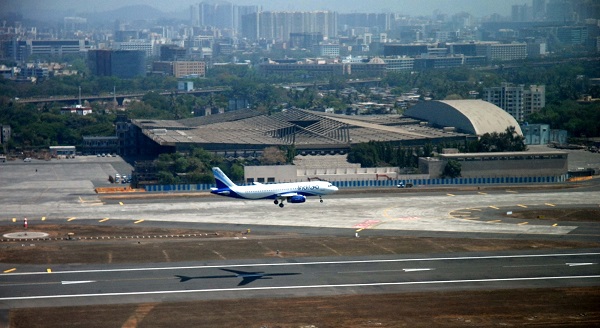New Delhi, Air travel to and from India during January-March quarter of this calendar year grew at slowest pace of 3.8 per cent in the last four years pointing to slowdown in the economy.
The latest data compiled by aviation regulator Directorate General of Civil Aviation (DGCA) shows that both foreign and Indian carriers together flew 16.4 million passengers in this period compared to 15.8 million in the corresponding quarter last year.
Compared to this, the airlines had clocked 11.3 per cent growth in 2018 over the previous year when they had flown 14.2 million passengers. In 2016 and 2017, the traffic growth was 9.32 per cent and 7.5 per cent respectively.
Aviation industry experts said the slower growth this year is a result of multiple factors ranging from Jet Airways pulling out their operations, slowdown and lean season.
“There are multiple reasons for this. Jet Airways has, of course, dented because it reduced capacity on international routes in those months. But even other airlines are not going 100 per cent full. Economic slowdown, I think, is one of the important factors,” said Rajan Mehra, CEO of Club One Air and former India head of Qatar Airways.
“It’s not just travel. People are not buying cars, they are not buying consumer goods. So, I think slowdown in the economy is probably a much more important factor than Jet pulling out. People are travelling less. There is overall a sense of the economy softening up,” he added.
Following suspension of Jet Airways operations, both local as well as foreign airlines have mounted capacity to fill the gaps. Among the local carriers, SpiceJet and IndiGo have aggressively expanded their capacity on foreign routes. Some of the foreign destinations that have been the focus of airlines are Dubai, Singapore, London and Bangkok.
Kapil Kaul, CEO (South Asia) of Sydney-based Centre for Asia Pacific Aviation (CAPA) said Jet Airways operations had declined a lot in the fourth quarter (January-March of 2019). Besides, launch of international flights by some LCCs (low-cost carriers) also got delayed.
“There was no reflection of a slowdown during January-March. The Q4 is basically a weaker period. So, it is a combination of many factors,” Kaul said.
The DGCA data, however, show that the share of Indian carriers has been gradually on the rise in last few years. The share of Indian and foreign carriers in the total international passenger traffic during the first quarter (January-March) of the year 2019 stands at 40.7 per cent and 59.3 per cent respectively.
“In the same quarter (Q1) of the year 2019, the share of Indian and foreign carriers was 39.5 and 60.5 per cent respectively,” the DGCA said in its latest analytical report on international traffic.









